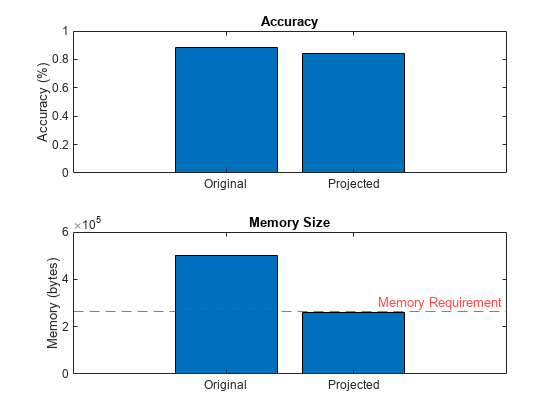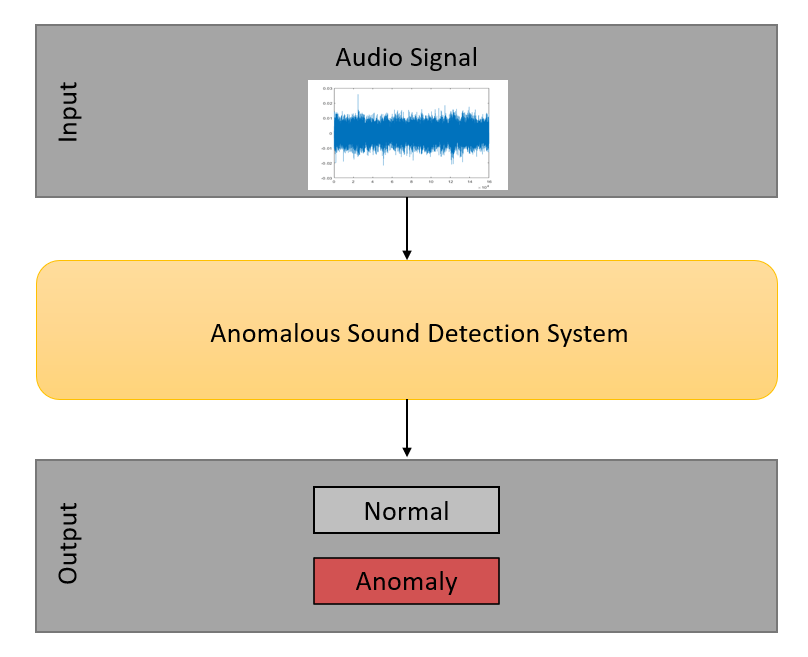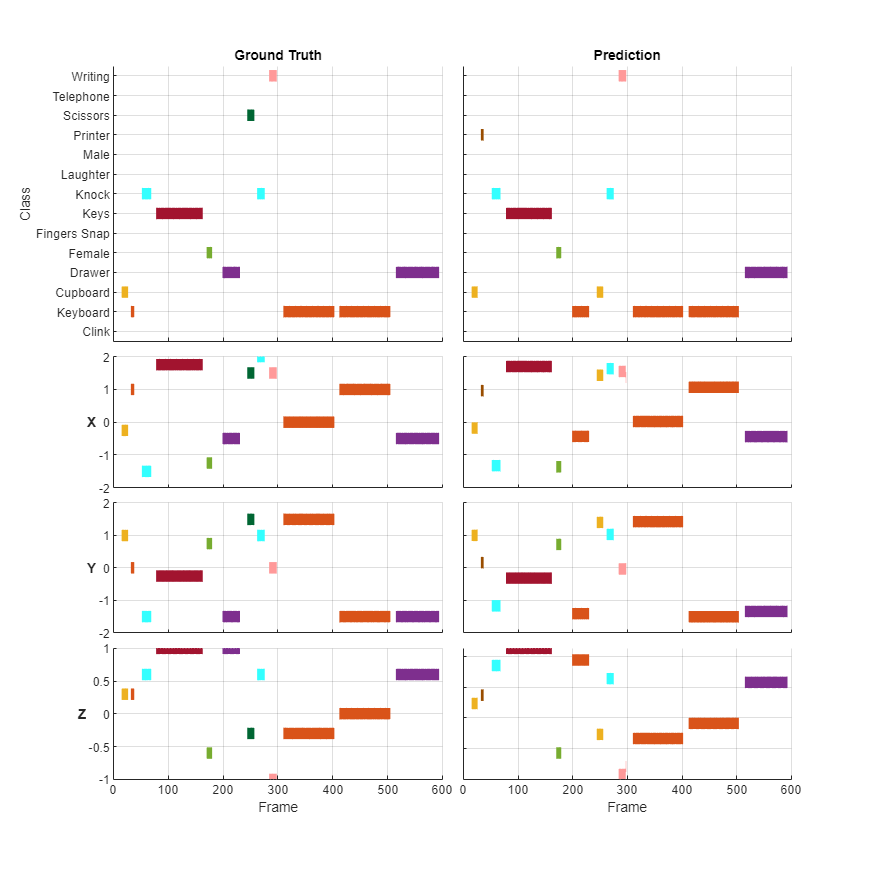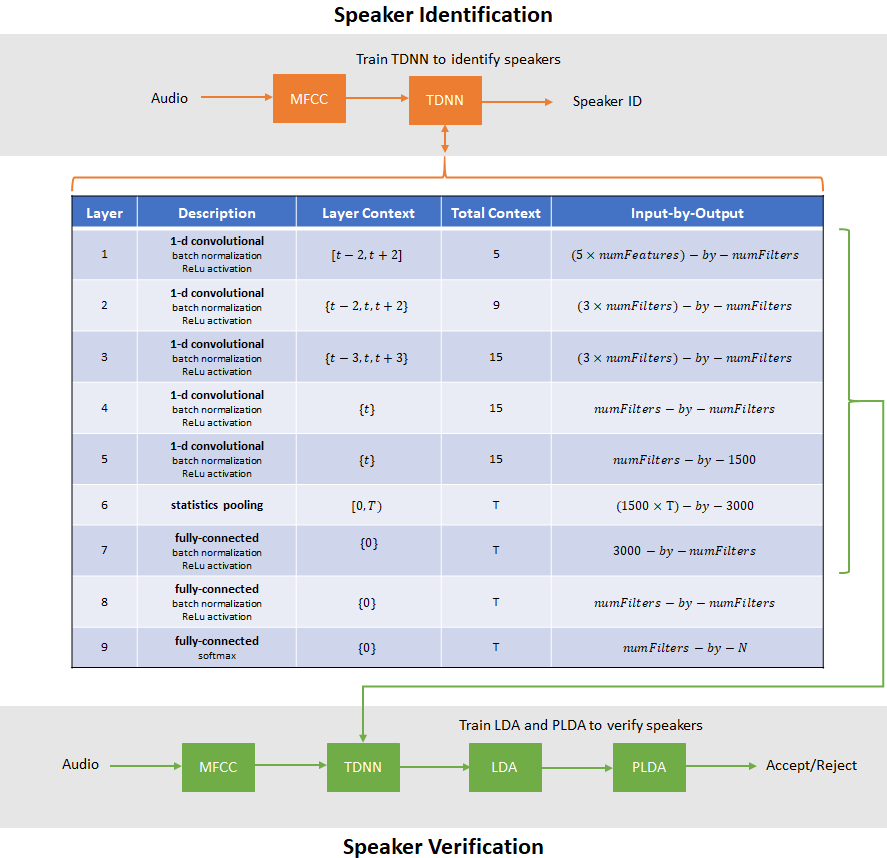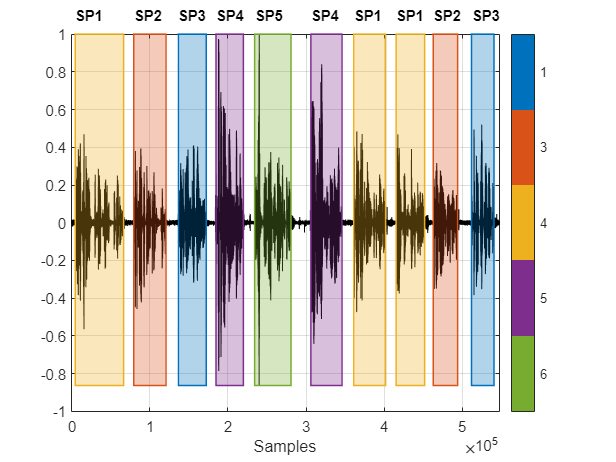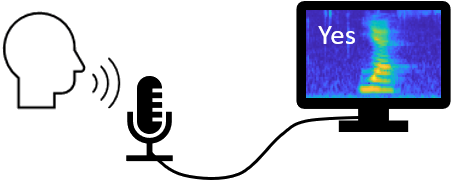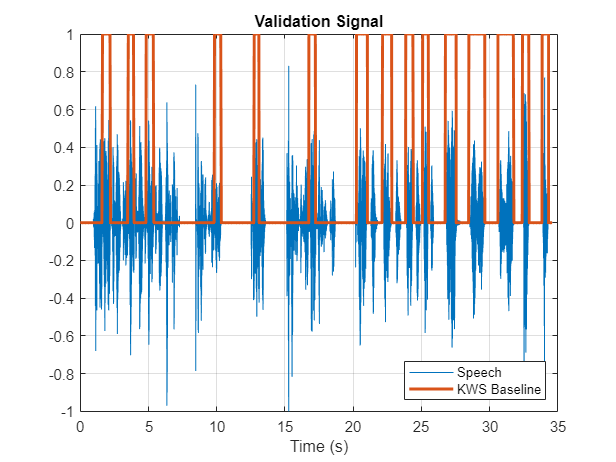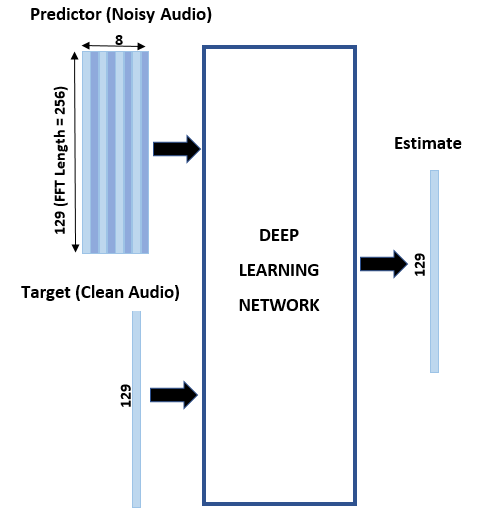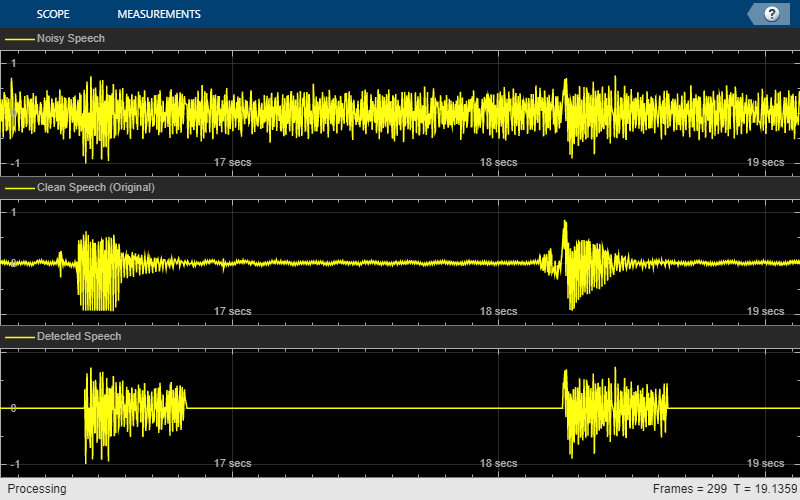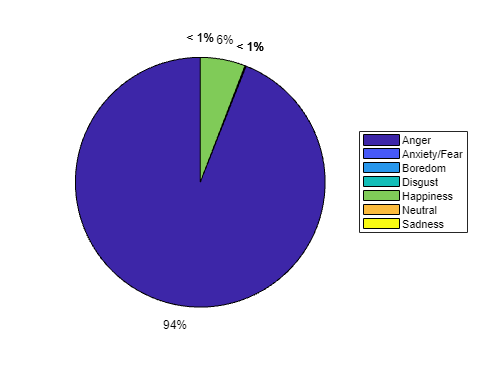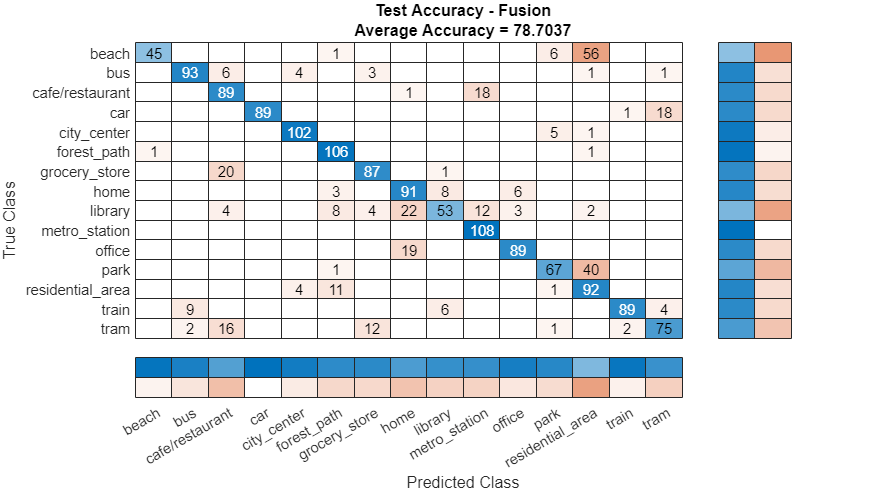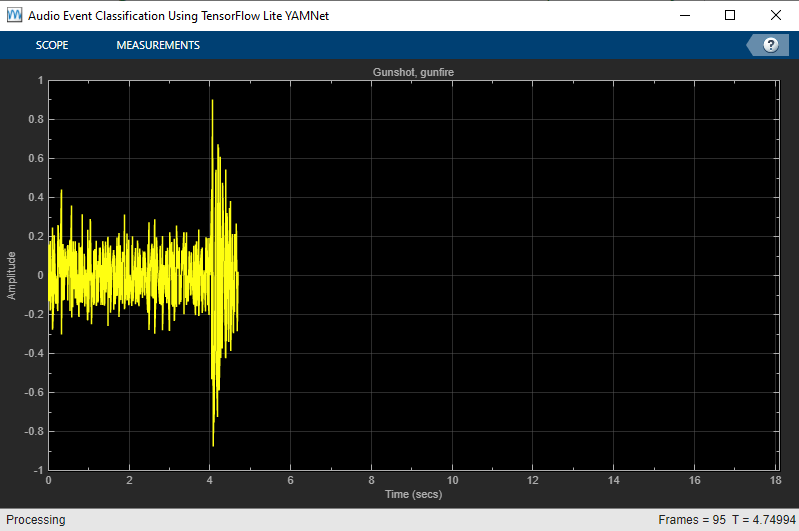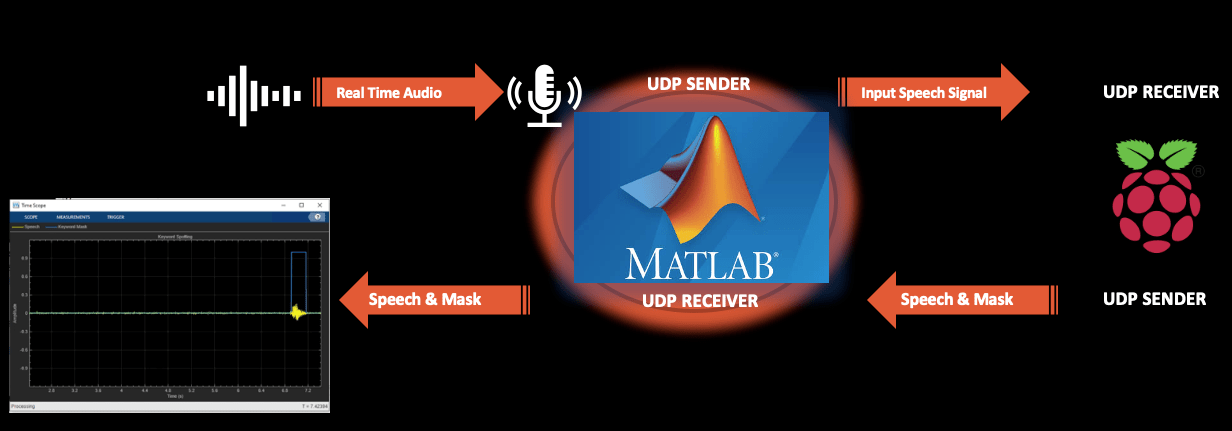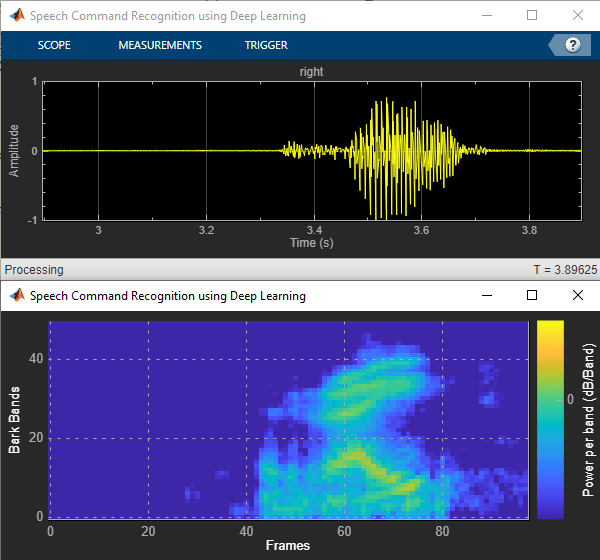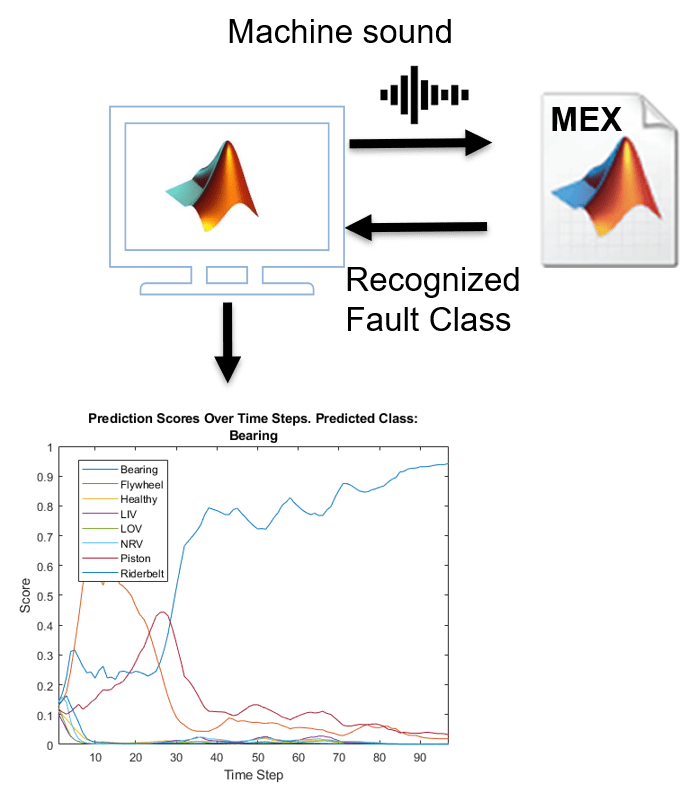Audio Processing
Apply deep learning to audio and speech processing applications by using Deep Learning Toolbox™ together with Audio Toolbox™. For signal processing applications, see Signal Processing. For applications in wireless communications, see Wireless Communications.
Apps
| Signal Labeler | Label signal attributes, regions, and points of interest, and extract features (Since R2019a) |
Functions
Blocks
Topics
- Deep Learning for Audio Applications (Audio Toolbox)
Learn common tools and workflows to apply deep learning to audio applications.
- Classify Sound Using Deep Learning (Audio Toolbox)
Train, validate, and test a simple long short-term memory (LSTM) to classify sounds.
- Transfer Learning with Pretrained Audio Networks in Deep Network Designer
This example shows how to interactively fine-tune a pretrained network to classify new audio signals using Deep Network Designer.
- Audio Transfer Learning Using Experiment Manager
Configure an experiment that compares the performance of multiple pretrained networks applied to a speech command recognition task using transfer learning.
- Compare Speaker Separation Models
Compare the performance, size, and speed of multiple deep learning speaker separation models.
- Speaker Identification Using Custom SincNet Layer and Deep Learning
Perform speech recognition using a custom deep learning layer that implements a mel-scale filter bank.
- Dereverberate Speech Using Deep Learning Networks
Train a deep learning model that removes reverberation from speech.
- Speech Command Recognition in Simulink
Detect the presence of speech commands in audio using a Simulink® model.
- Sequential Feature Selection for Audio Features
This example shows a typical workflow for feature selection applied to the task of spoken digit recognition.
- Train Spoken Digit Recognition Network Using Out-of-Memory Audio Data
This example trains a spoken digit recognition network on out-of-memory audio data using a transformed datastore.
- Train Spoken Digit Recognition Network Using Out-of-Memory Features
This example trains a spoken digit recognition network on out-of-memory auditory spectrograms using a transformed datastore.
- Investigate Audio Classifications Using Deep Learning Interpretability Techniques
This example shows how to use interpretability techniques to investigate the predictions of a deep neural network trained to classify audio data.
- Accelerate Audio Deep Learning Using GPU-Based Feature Extraction
Leverage GPUs for feature extraction to decrease the time required to train an audio deep learning model.
